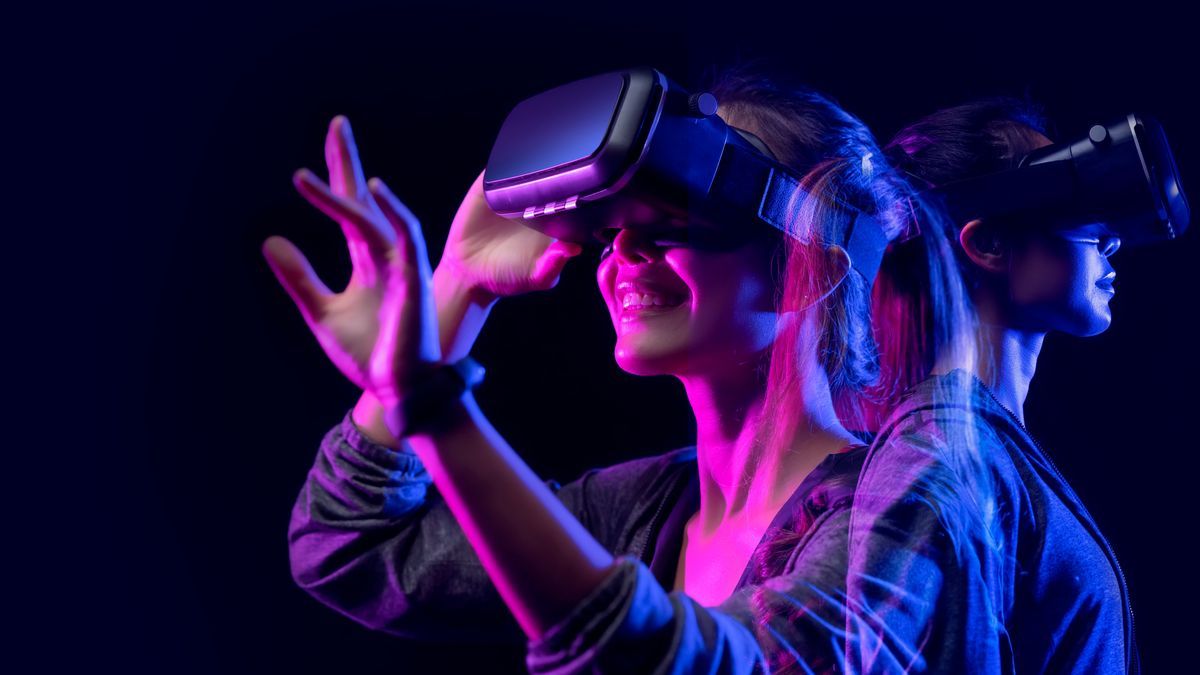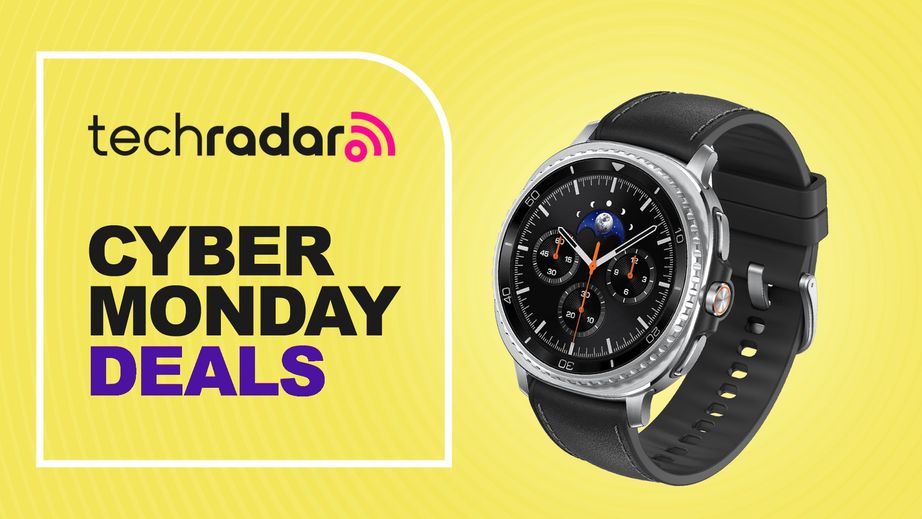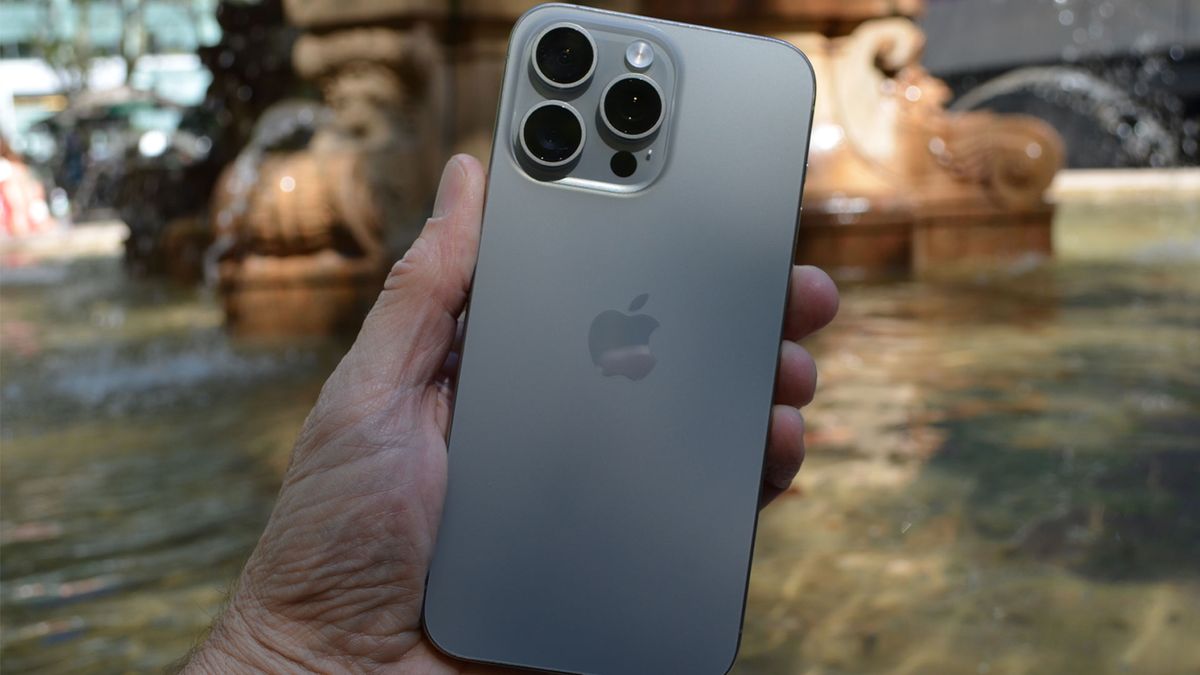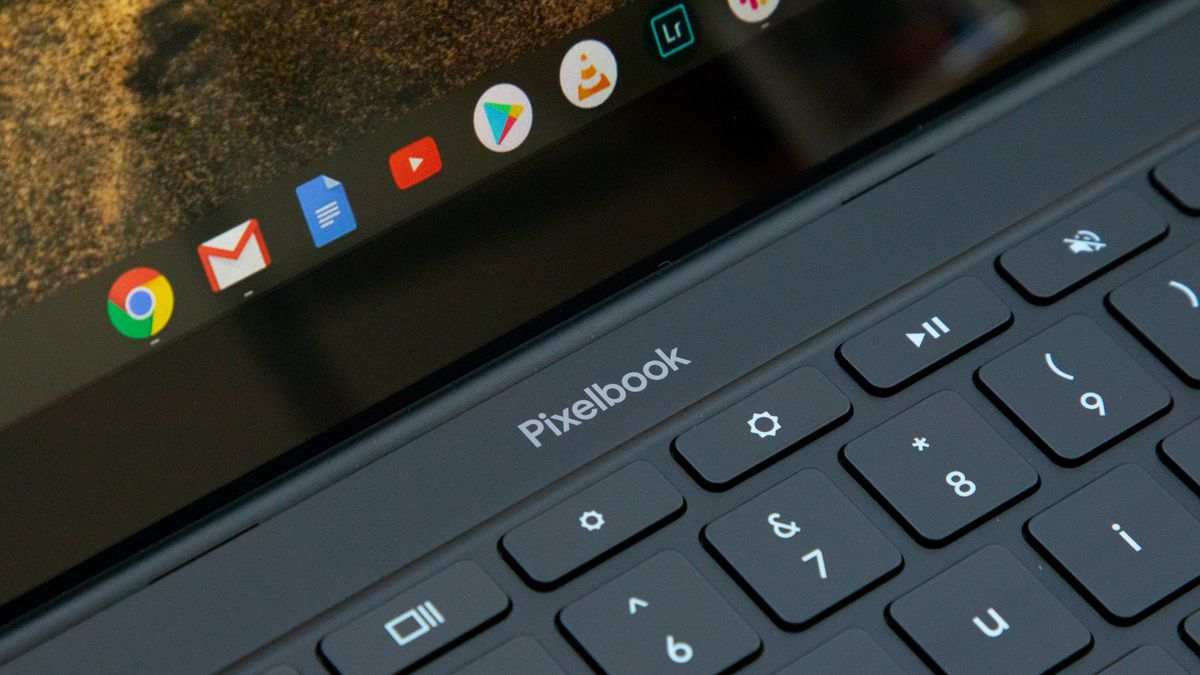We know for sure that a new Samsung XR/VR headset is in the works, and that the device is being made in partnership with Google. But many of the details of the XR product (XR, or extended reality, is a set of virtual, augmented and mixed reality) are still shrouded in mystery.
This rival called the Apple Vision Pro (an XR headset from Apple) will likely have impressive specs: Qualcomm has confirmed that its new Snapdragon XR2 Plus Gen 2 chip will be in the headset, and displays made by Samsung Display will likely be included. It’s also likely to have a similarly high price tag. Unfortunately, until Samsung says something officially, we won’t know exactly how much it will cost or when it will be released.
But using the few snippets of official information, as well as our knowledge of the industry and rumors out there, we can make some educated guesses that can give you clues about the potential price, release date, and specs of the Samsung XR/VR headset. , and I have them below. We also highlight some of the features we’d like to see when it’s finally released to the public.
Samsung XR/VR headsets: price
We won’t know how much Samsung and Google’s new VR headset will cost until the device is officially announced, but most rumors point to it boasting premium specs, so expect a premium price.
Some initial reports suggested Samsung was looking at something in the $1000/£1000/AU$1500 range (just like the Meta Quest Pro), although it may have changed its plans. Following the reveal of the Apple Vision Pro, it is believed that Samsung delayed the device probably to make it a better Vision Pro rival in Samsung’s eyes – the Vision Pro is impressive, as you can discover in our Apple Vision Pro hands-on review.
If that’s the case, the VR device could not only more closely match the specs of the Vision Pro, but could also adopt the $3,499 (around £2,725/AUS$5,230) starting price of the Vision Pro, or something. nearby.
Samsung XR/VR headsets: release date
Just like its price, we still don’t know anything concrete about the release date of the incoming Samsung VR headset. But some signs point to a 2024 announcement, if not a 2024 launch.
First, there was the teaser that Samsung revealed in February 2023 when it said it was partnering with Google to develop an XR headset. He didn’t set a date to hear more, but Samsung probably wouldn’t make this teasing announcement if the project was still far from over. Typically, a more complete reveal occurs about a year after the trailer, around February 2024.
There was a rumor that Samsung’s VR headset project was delayed after the Vision Pro announcement, although the source maintained that the headset would still arrive in 2024, only in mid-to-late 2024, instead of February.
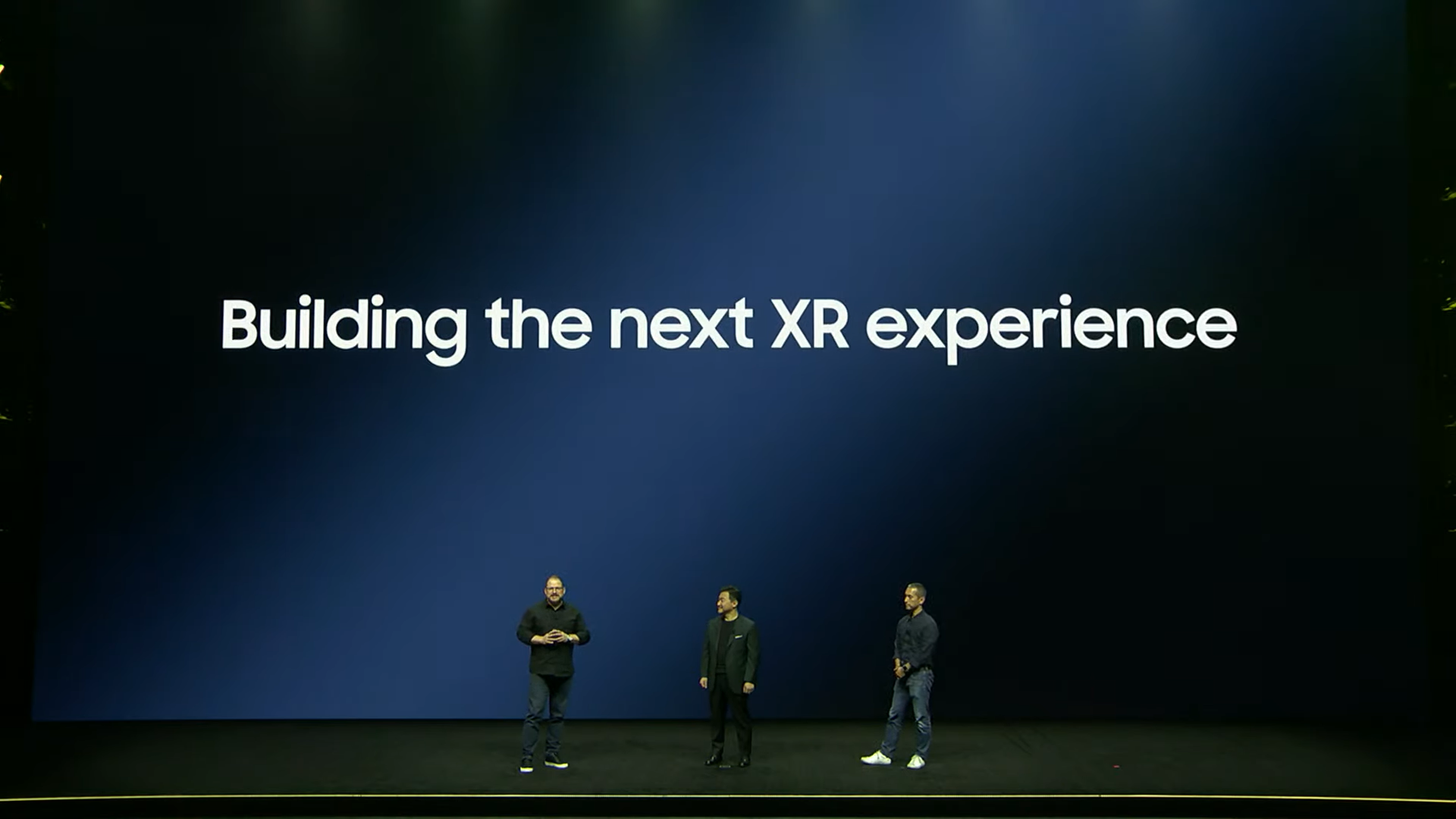
Then there’s the announcement of the Snapdragon XR2 Plus Gen 2 chipset. Qualcomm wanted to highlight Samsung and Google as partners that would put the chipset to use.
It would be strange to single out these partners if their headphones were still a year away from release. Those partners may have preferred to work with a later next-generation chip, if the XR/VR headset was planned for 2025 or later. So this would again point to a 2024 reveal, if not a precise date this year.
Lastly, there have also been suggestions that the Samsung VR headset could arrive alongside the Galaxy Z Flip 6, Samsung’s foldable phone that will also arrive in 2024.
Samsung XR/VR Headset: Specifications
Many of the specifications of Samsung’s new VR headset remain a mystery. We can assume it will use displays made by Samsung (it would be crazy if Samsung used displays from one of its competitors), but the type of display technology (e.g. QLED, OLED, or LCD), resolution, and size are still unknown. .
We also do not know what size battery it will have, nor its storage space, nor its RAM. Nor what design it will adopt: will it look like the Vision Pro with an external screen, like the Meta Quest 3 or Quest Pro, or something completely new?
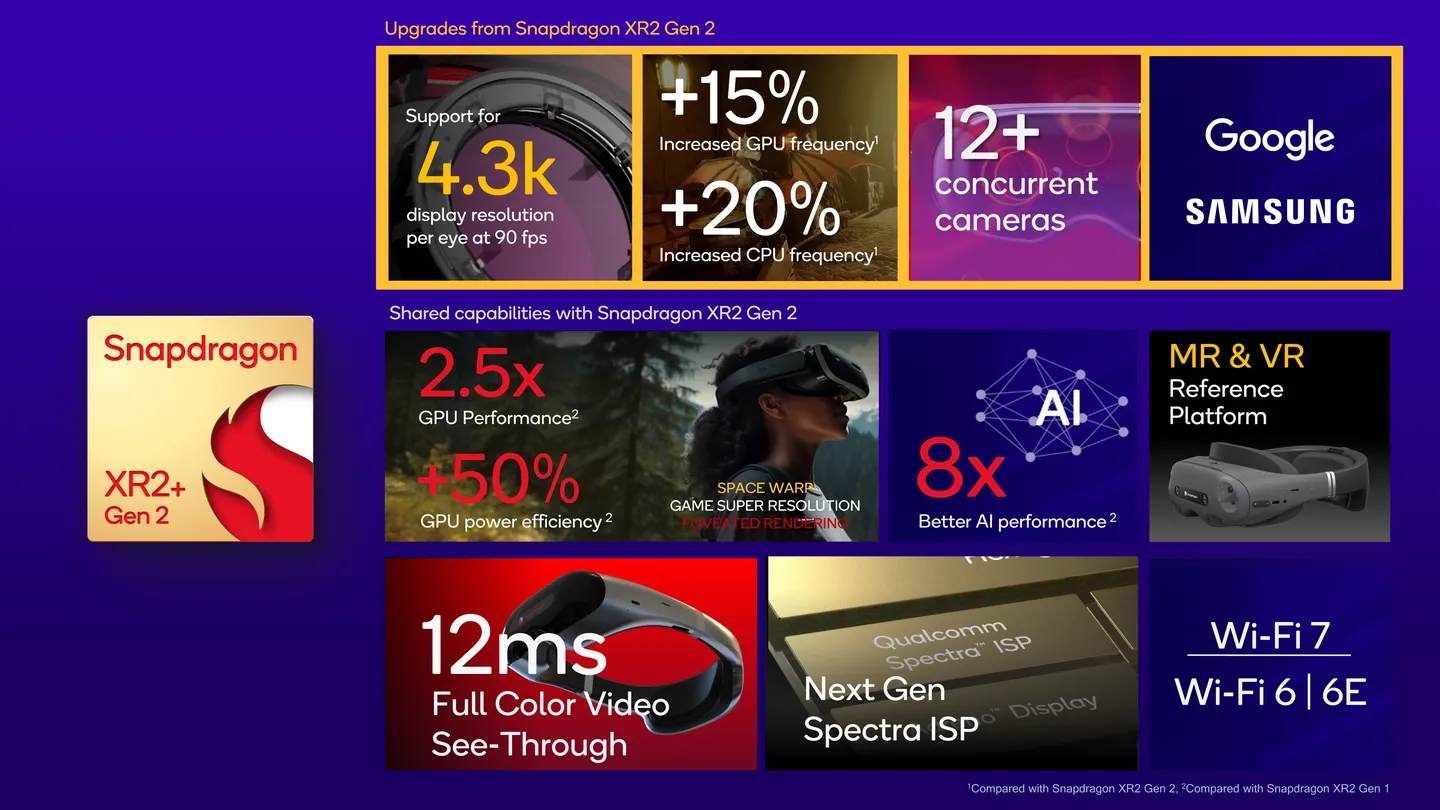
But we do know one thing. It will run (as we predicted) on a new Snapdragon XR2 Plus Gen 2 chip from Qualcomm, an updated version of the chipset used by the Meta Quest Pro and slightly more powerful than the XR2 Gen 2 found in the Meta Quest. 3.
The result is that this platform can now support two displays with a resolution of 4.3K and a speed of up to 90 fps. It can also manage more than 12 separate camera inputs that the VR headset will rely on for tracking, including controllers, objects in space, and facial movements, and has more advanced AI capabilities, 2.5 GPU performance times better and Wi-Fi 7 (as well as 6 and 6E).
What we want to see in the new Samsung XR/VR headphones
1. Samsung’s XR/VR headset will run on Quest OS
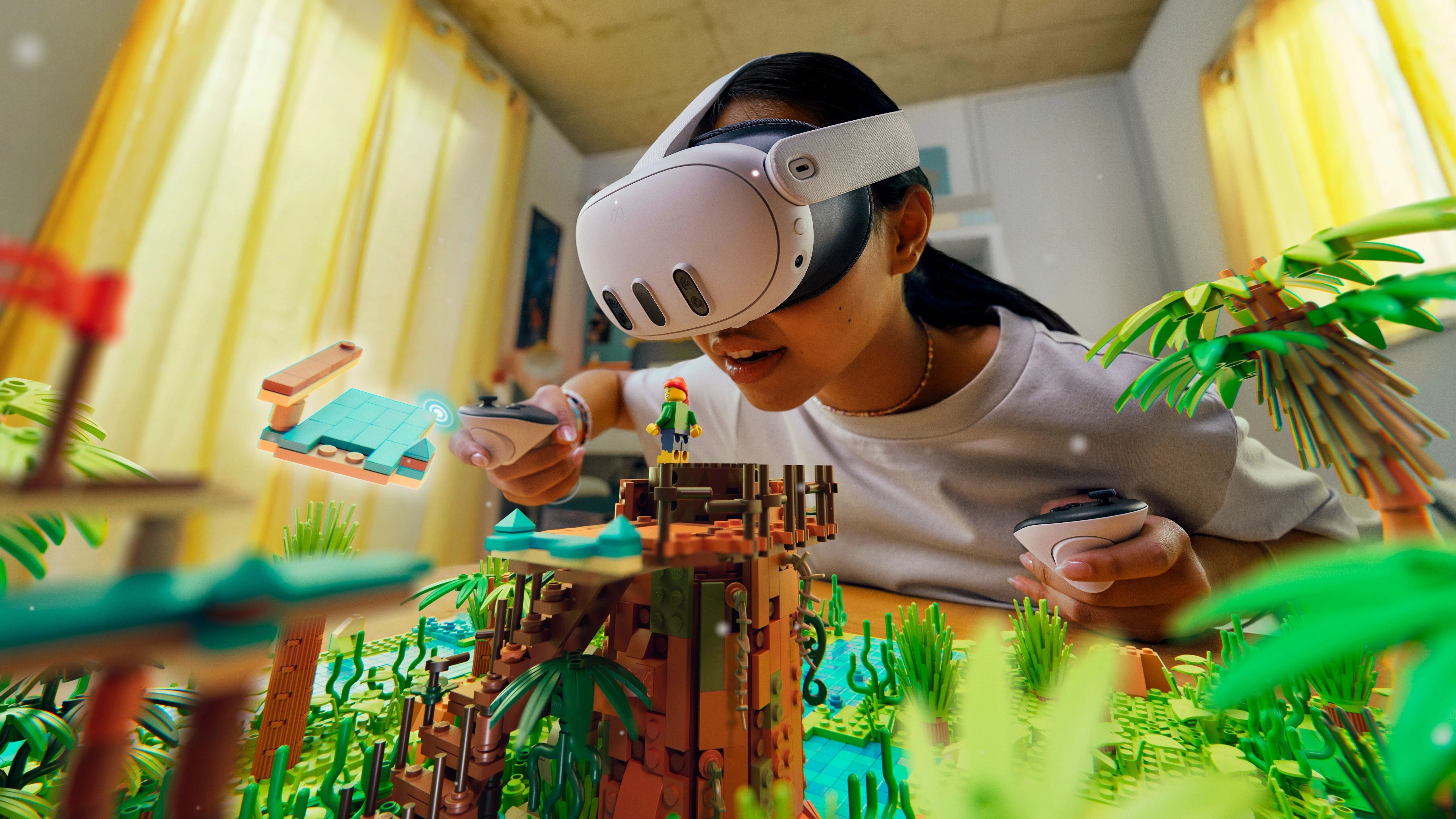
This is largely a pipe dream. Since Google and Samsung are already collaborating on the project, it’s unlikely they’ll want to hire a third party, especially if these headphones aim to compete with hardware from Apple and Meta.
But the Quest platform is very good; By far the best we’ve seen in standalone VR headsets. It’s clean, feature-packed, and home to the best library of VR games and apps out there. The only platform that might beat it is Steam, but that’s only for people who want to be tethered to a PC computer.
By partnering with Meta, Samsung’s headset would get all of these benefits, and Meta would have the opportunity to establish its operating system as Windows or Android from the spatial computing space, which could help its Reality Labs division generate some much-needed revenue. license the platform to other headphone manufacturers.
2. A (relatively) affordable price
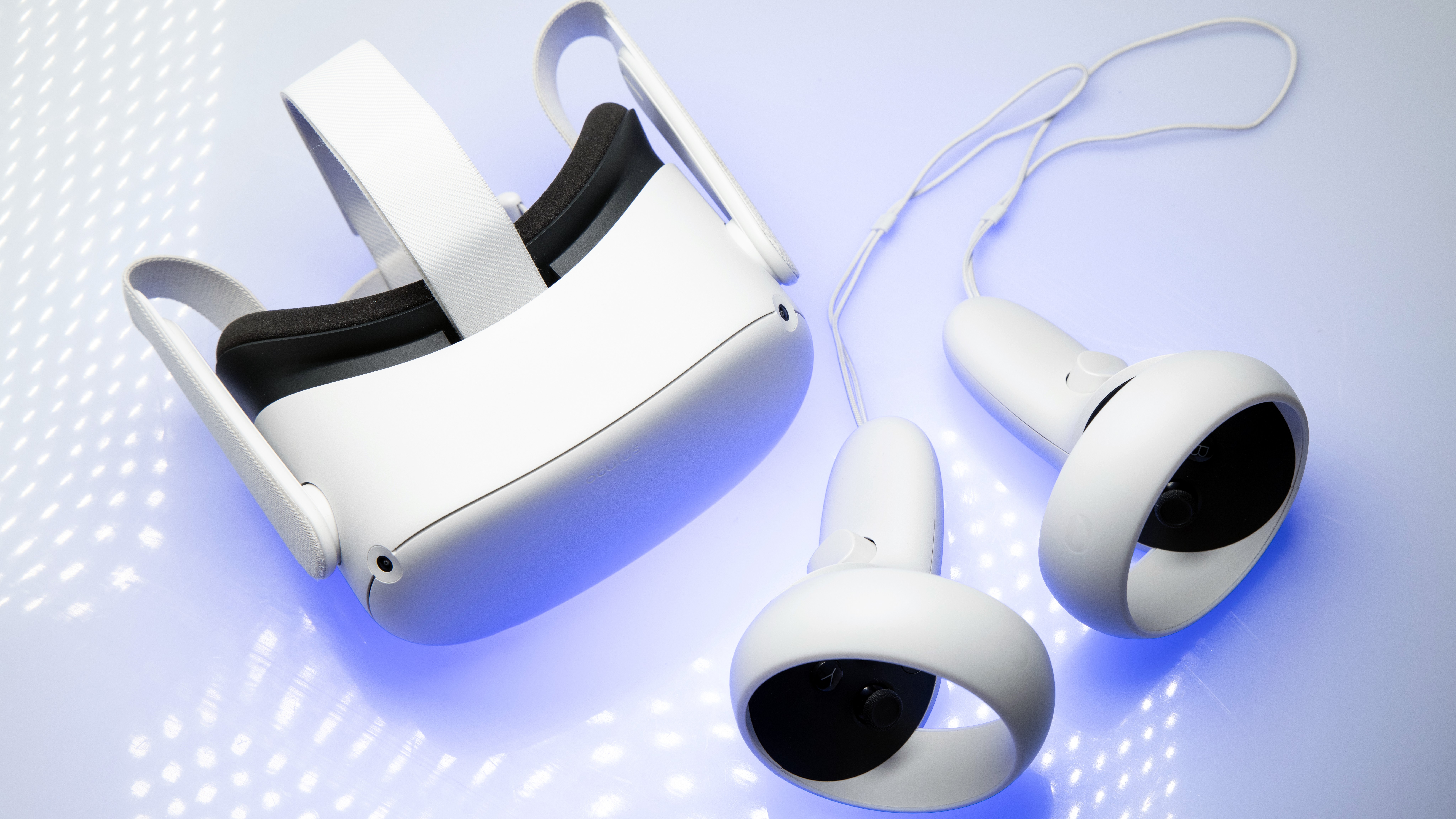
There has only been one successful VR headset so far: the Oculus Quest 2. The Meta-made device has accounted for the vast majority of VR headset sales in recent years (eclipsing the total lifetime sales of all previous Oculus virtual reality headsets). combined in just five months) and that comes down to one thing; it’s very cheap.
Other factors (like a pandemic forcing everyone inside) probably helped a little. But fundamentally, getting a solid VR headset for $299 / £299 / AU$479 is a very attractive deal. It could be better spec-wise, but it’s more than sufficient and offers a lot more bang for your buck than PC-VR headsets and alternative standalone headsets that cost you over $1,000 when you factor in everything you need.
Meta’s Quest Pro, the first headset it launched after the Quest 2 which is priced at a much more premium $999 / £999 / AU$1,729 (it launched at $1,500 / £1,500 / AU$2,450) apparently sold significantly worse . We don’t have exact numbers, but using figures from the Steam Hardware Survey from December 2023, we can see that while 37.87% of Steam VR players use a Quest 2 (making it the most popular choice and more than twice as much as the next headset), only 0.44% use a Quest Pro, that’s about 86 times less.
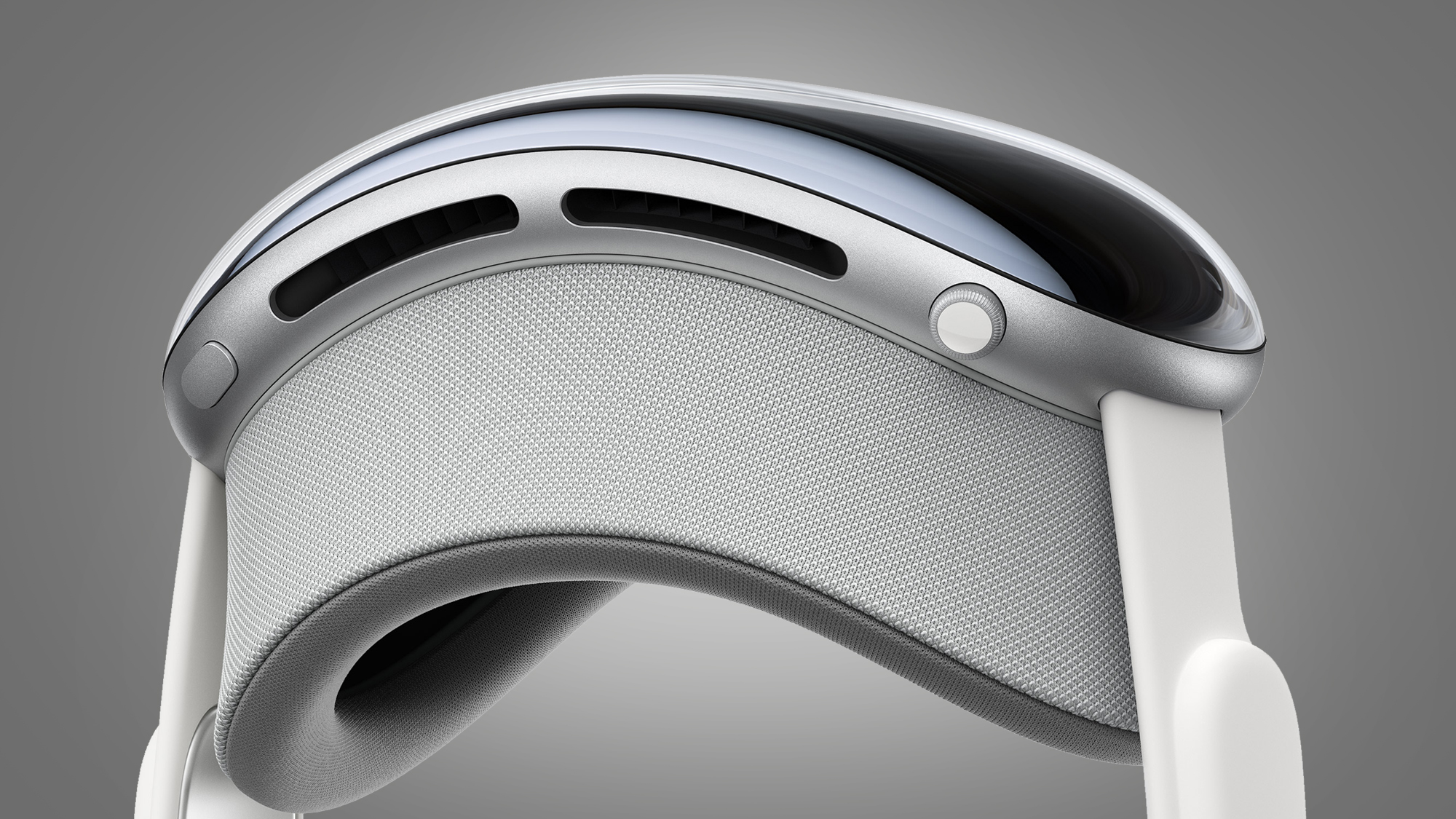
So by making its headphones affordable, Samsung would probably be in a win-win situation. We win because their headphones aren’t ridiculously expensive like the $3,499 (around £2,800/AU$5,300) Apple Vision Pro. Samsung wins because its headphones are more likely to sell very well.
We’ll have to wait and see what Samsung announces, but we suspect we’ll be disappointed by the price. A factor that could prevent this device from becoming one of the best virtual reality headsets out there.
3. Controllers and space for glasses.
We have combined two smaller points into one for this last “what we want to see”.
Hand tracking is interesting, but ideally it would just be an optional feature on Samsung’s upcoming VR headset rather than the only way to operate it, as is the case with the Vision Pro.
Most VR apps are designed with controllers in mind, and because most headsets now come with phones that have similar button layouts, it’s much easier to port software to different systems.
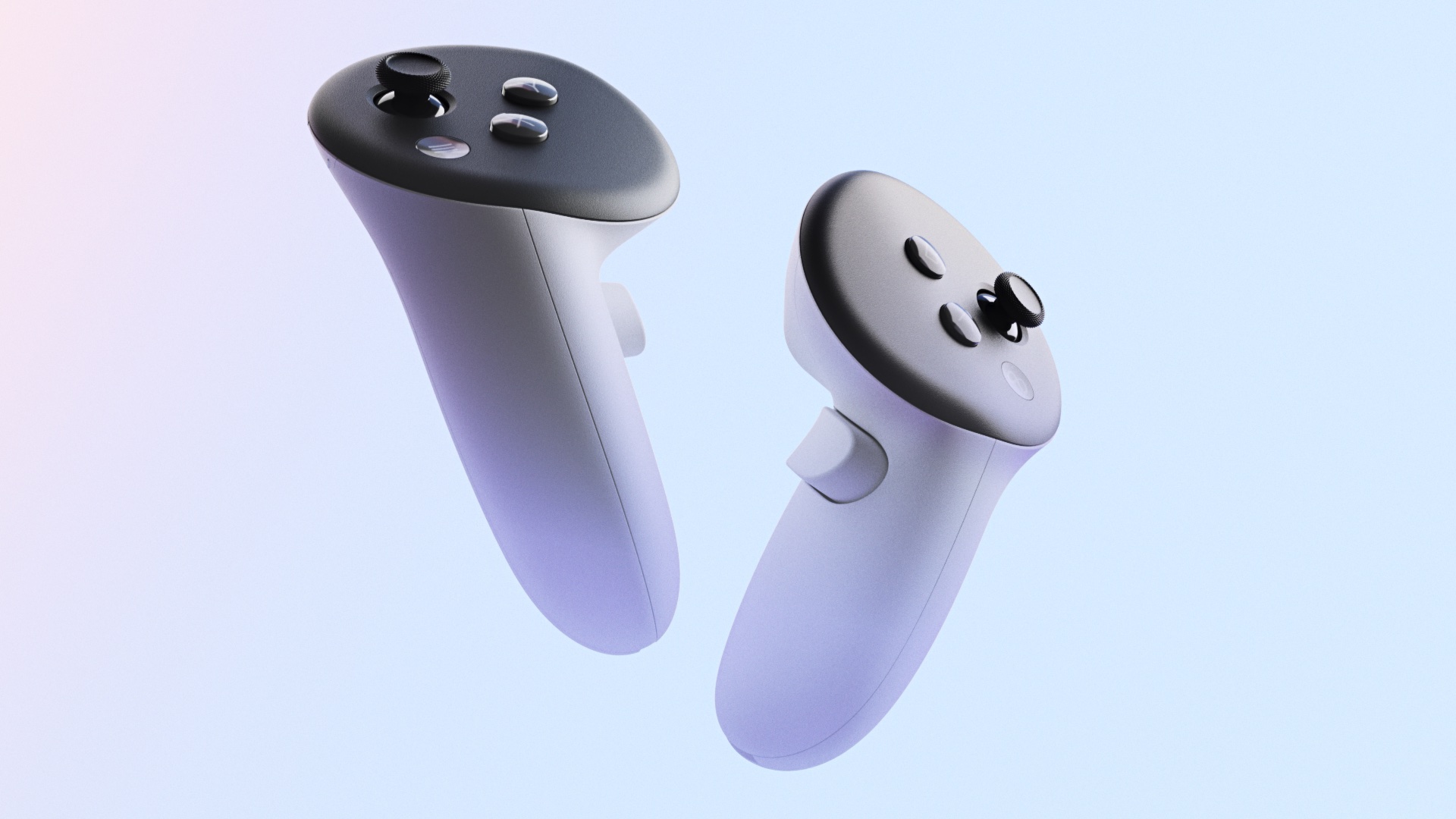
There are still challenges, but if you don’t need to reinvent your control scheme, developers have told us that’s a big time saver. So having controllers with this standard design could help Samsung get a solid library of games and apps on its system, making it easier for developers to incorporate their software.
We’d also like to make it easy for glasses wearers to use Samsung’s new VR headset. Vision Pro’s prescription lens solution is unnecessarily expensive when headsets like the Quest 2 and Quest 3 have a free built-in solution to the problem: an optional spacer, or a way to slightly extend the headset so that it’s further away from your face, leaving room for specifications.
Ideally, Samsung’s VR headset would also have a free and easy solution for glasses wearers.

